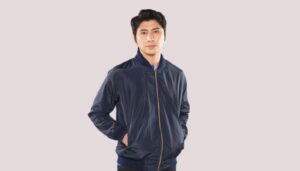Dressing for Two Climates at Once
Hot, humid streets outside. Ice-cold air conditioning inside. This is the daily puzzle of office dressing in the tropics. The answer isn’t more layers—it’s smarter ones. A breathable base for the commute, and a structured piece you can slip on only when needed. This guide blends fabric science with fashion sensibility, so your wardrobe keeps you cool, crisp, and professional no matter the setting.
Quick Take
The Fast Formula
Reach for a 120–160 GSM shirt in breathable cotton or blends. Pair it with an unstructured blazer in the 180–230 GSM range—unlined or half-lined is best—and keep that blazer at the office. Stick to very light or very dark tones to disguise sweat. For formal days, a Barong Tagalog with a moisture-wicking undershirt offers elegance without the weight of suiting.
Fabrics That Work Harder
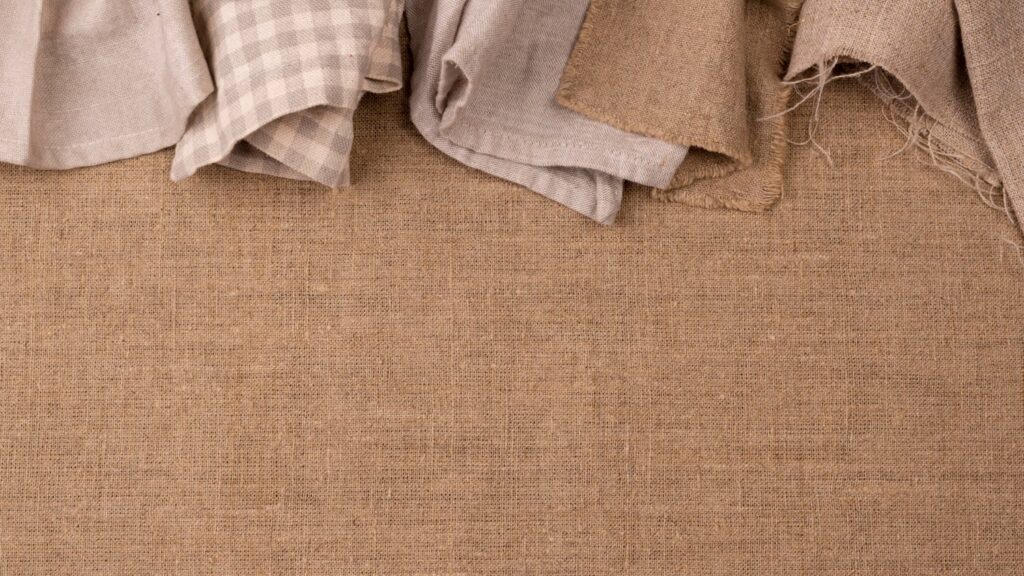
What “Climate-Appropriate” Really Means
In tropical offices, fabric is everything. Linen and open-weave cottons invite airflow; modern blends wick sweat away so it evaporates faster. Lightweight shirts (120–160 GSM) maximize breathability, while slightly heavier weaves (160–190 GSM) balance durability and opacity. For blazers, unstructured designs in the 180–230 GSM range give you shape without the suffocation. Wrinkle-resistant finishes and high-twist weaves help your outfit dry fast and stay neat from commute to cocktails.
day.
Brief properties table (shop cues)
| Property | What to look for | Why it helps |
| Breathability | Linen, open-weave cottons, light merino/lyocell | Allows air movement; reduces cling in humidity. |
| Moisture-wicking | Bamboo/tech blends; hydrophobic finishes | Pulls sweat off skin; research notes up to ~4 °C perceived cooling. |
| GSM (shirts) | 120–160 GSM (cooler) or 160–190 GSM (more opaque/durable) | Matches weight to comfort and polish needs. |
| GSM (blazers) | 180–230 GSM; unstructured | Structure without bulk; easier to pack. |
| Lining | Unlined or half-lined; mesh panels | Fewer layers = better vapor escape. |
| Weave & finish | Poplin/high-twist; wrinkle-resistant | Fewer wrinkles, faster dry. |
| Vents | (Original outline item — to be validated in drafting) | (Original outline item — to be validated in drafting) |
Fiber notes. Linen runs cooler and absorbs moisture without feeling wet; long-staple Pima cotton keeps structure and softens with wash; bamboo viscose knits wick well and resist odor; lightweight merino regulates temperature naturally.
Outfit Systems
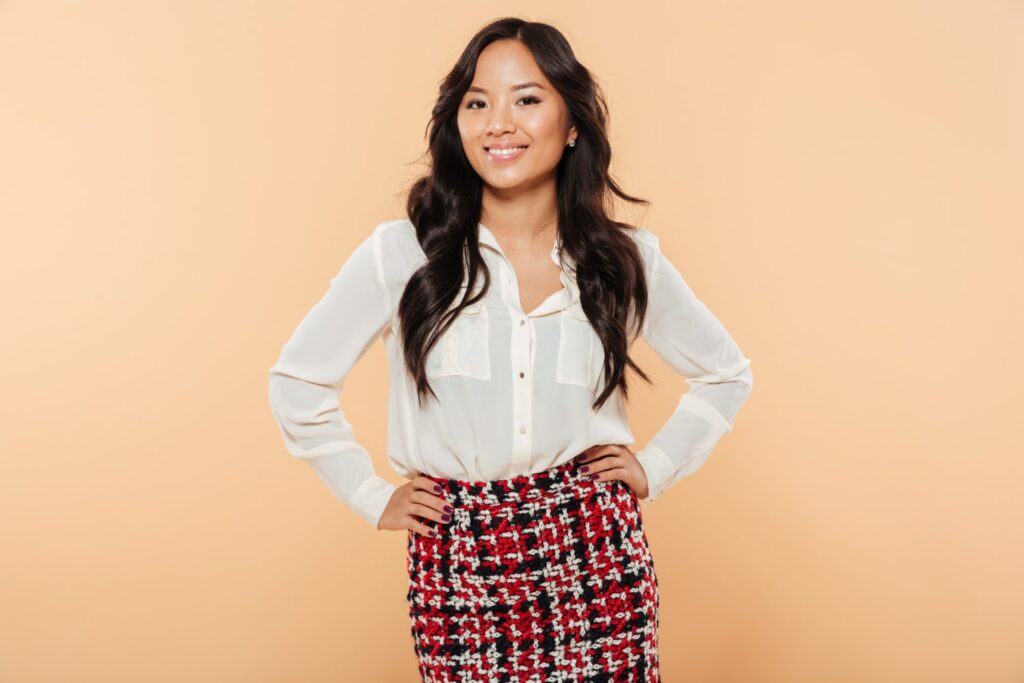

Cool Commutes, Sharp Boardrooms
Women
Commutes are sticky, offices are chilled. Begin with a breathable blouse or bamboo knit—light enough to move with you. Anchor it with trousers or a skirt that doesn’t cling. At your desk, an unstructured blazer adds authority without the bulk.
On client days, lean on shirtdresses in poplin or lyocell, layered with a longline vest for shape without sleeves. On focus days, wide-leg linen trousers and a Supima tee are easy, airy, and still professional. If opacity worries you, add a wicking camisole and let subtle textures do the rest.
Men
Smart-casual should never look sweaty. Start with chinos and a knit polo in linen or cotton blends—cool yet polished. For meetings, a lightweight dress shirt (120–160 GSM) paired with a featherlight blazer hits the sweet spot.
Pro tip: only wear the blazer once you arrive.
Inside meetings with colleagues, short-sleeve polos and open-weave shirts keep you comfortable but work-appropriate. Save the long sleeves plus jacket for boardrooms and pitches—the places where presence is everything.
Layers Without Bulk
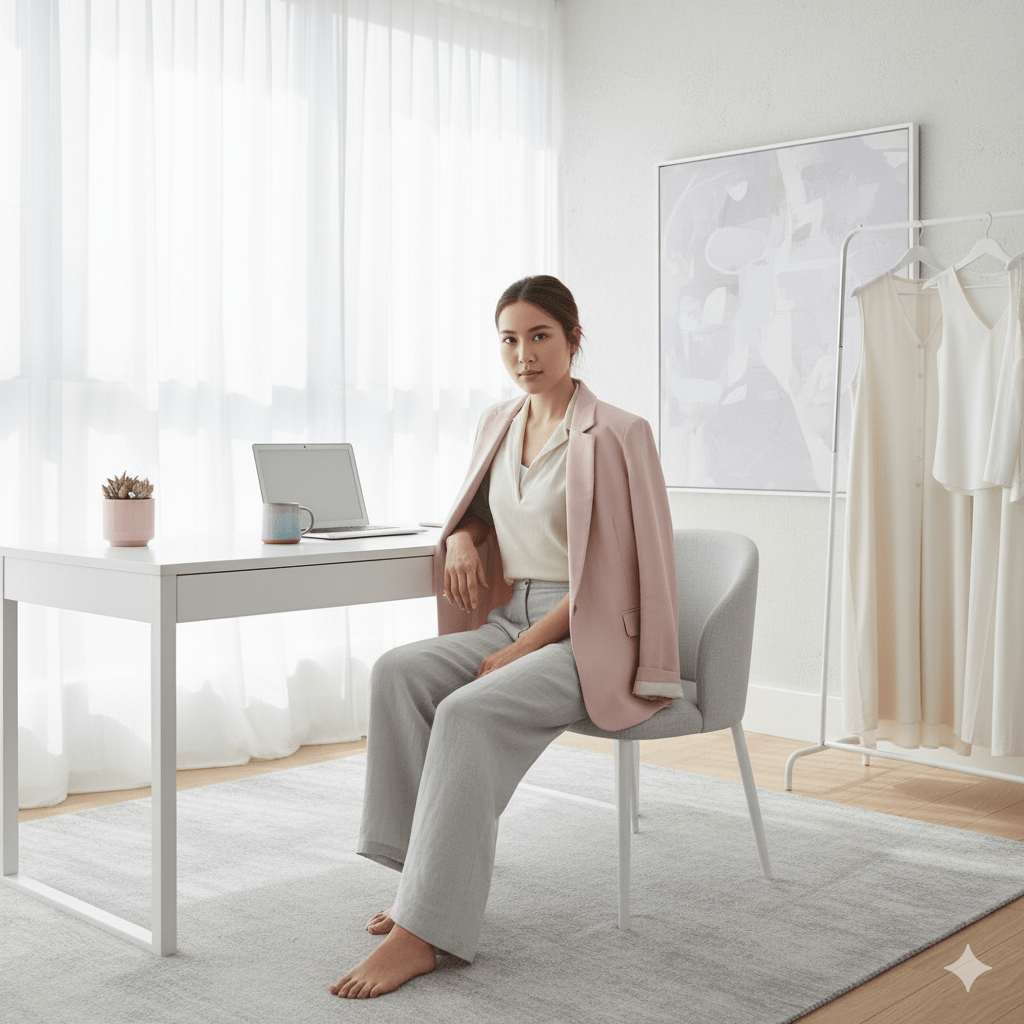
The Two-Layer Rule
Less is more. A wicking base and one removable layer is all you need. Any more, and you’re just trapping humidity. Keep jackets and cardigans at the office, pick fabrics that pack down small, and live by the rhythm: light on the commute → add layers in AC → strip back outdoors.
Colors That Work With You
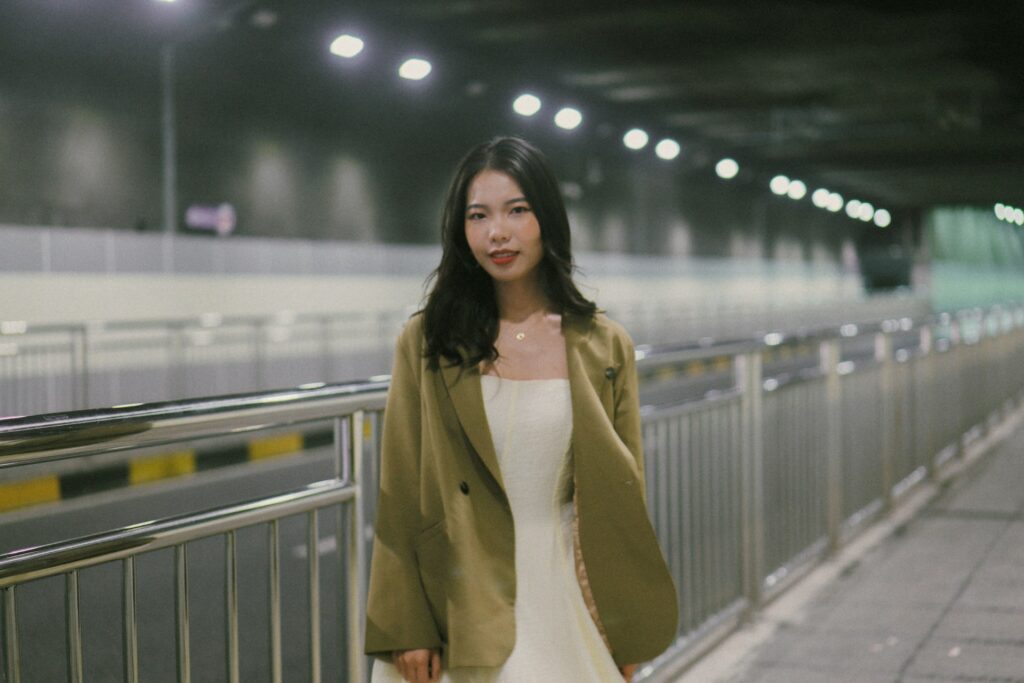
Hide the Heat, Look Fresh Longer
Color can be strategic. Light shades (white, pale gray, soft pastels) bounce heat and disguise moisture. Dark tones (navy, charcoal, black) mask sweat patches just as well. Avoid mid-tones—they highlight damp spots. Add textures and subtle patterns to break up marks, and lean on wrinkle-resistant blends so your look stays crisp through repeat washes.
Barong vs. Blazer

When Tradition Meets Climate
The Barong Tagalog is not just cultural—it’s climate-smart corporate attire. Choose piña for evening formality, jusi for daytime business, or linen for relaxed elegance. To keep it polished, wear a collarless, wicking undershirt in a neutral shade that preserves its translucent look. For internal meetings or casual norms, short-sleeve variants may work; for client-facing boardrooms, mirror the formality of your leaders.
Wardrobe Capsule
The Seven-Piece Rotation
Keep it simple, keep it smart.
- Two breathable shirts (one white, one light blue/gray, 140–160 GSM)
- One polo or blouse in bamboo or cotton blend
- One unstructured blazer (navy or charcoal, 180–200 GSM)
- One lightweight cardigan for long AC days
- One pair of chinos or light wool trousers
- One professional skirt or second trouser
- One barong (or cultural equivalent) for formal days
Add 3–4 undershirts, breathable socks or hosiery, a compact rain layer, and shoes that live at the office.
Your capsule keeps you polished year-round. But in the rainy months, swap in these quick-dry and odor-resistant pieces to keep the system working.
Engineering Elegance for Two Worlds
Office attire in the tropics is a balancing act. Start with fabrics that breathe, add structure only when you need it, and choose colors that keep sweat invisible. Build a capsule that rotates easily, and lean on cultural staples like the barong when formality calls. The result? A wardrobe that handles the heat outside, the chill inside, and the confidence you carry everywhere in between.
Frequently Asked Questions
What fabric mix keeps me coolest but still looks formal?
Linen-cotton and lyocell-cotton blends balance airflow with a crisp hand; pair with an unstructured blazer to maintain polish in AC.
Are short-sleeve dress shirts acceptable?
In smart-casual or internal contexts, yes. For client or board meetings, default to long sleeves and a jacket.
How do I reduce sweat patches under a blazer?
Use a wicking base layer, choose very light or very dark outer layers, and don the blazer after you arrive at the office rather than during the commute.
What GSM should my blazer be in the tropics?
Target roughly 180–230 GSM in an unstructured build; prioritize minimal lining or mesh panels.
Which barong fabric should I pick—Piña or Jusi?
Piña aligns with high formality and evening events, while Jusi fits daytime business. Use a collarless, wicking undershirt to keep the look clean.
How many sets do I need per week if I launder every three days?
A practical rotation is 2–3 shirts, 3–4 undershirts, and one blazer or cardigan kept at the office, with the capsule covering swaps as needed.






